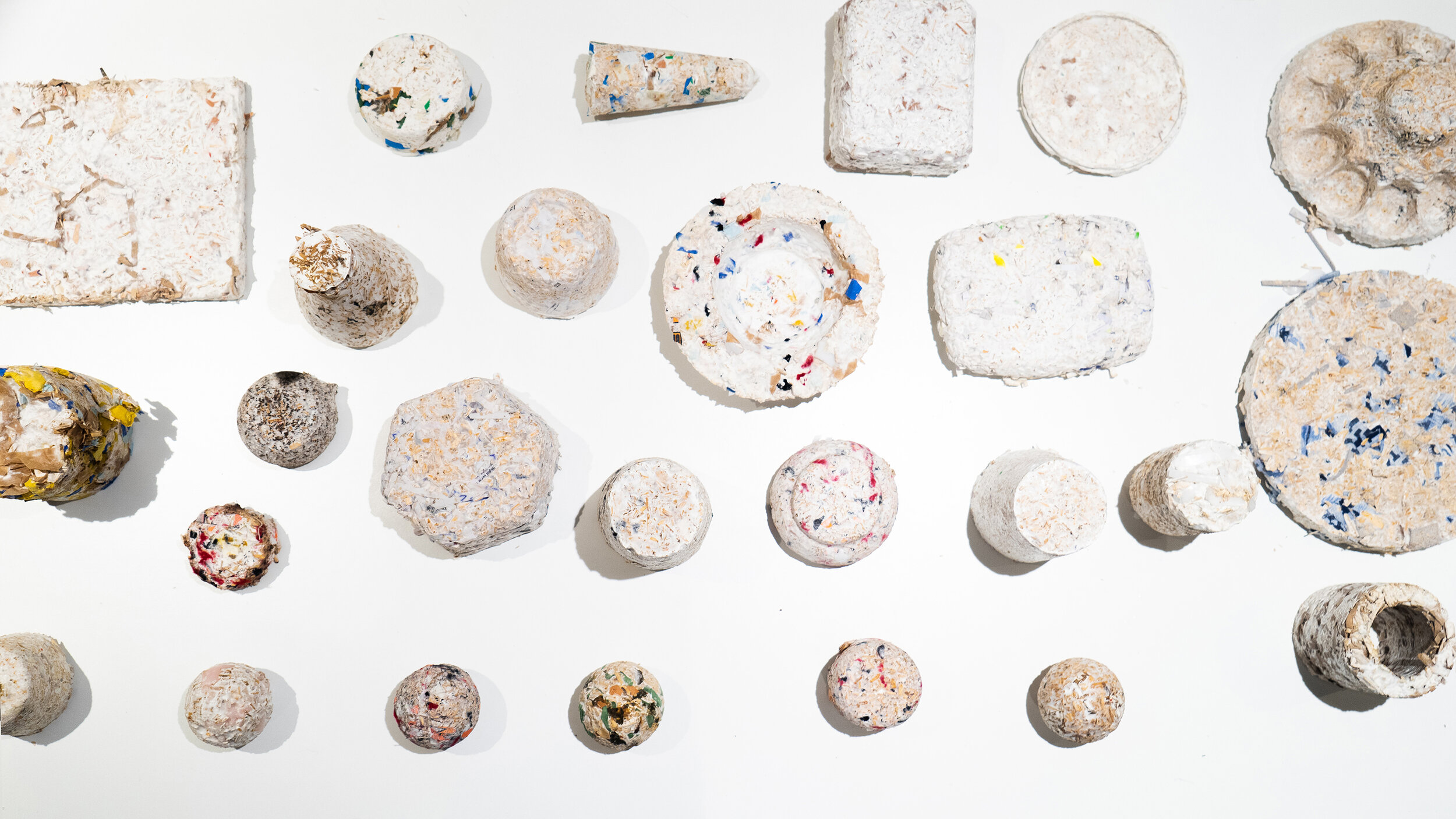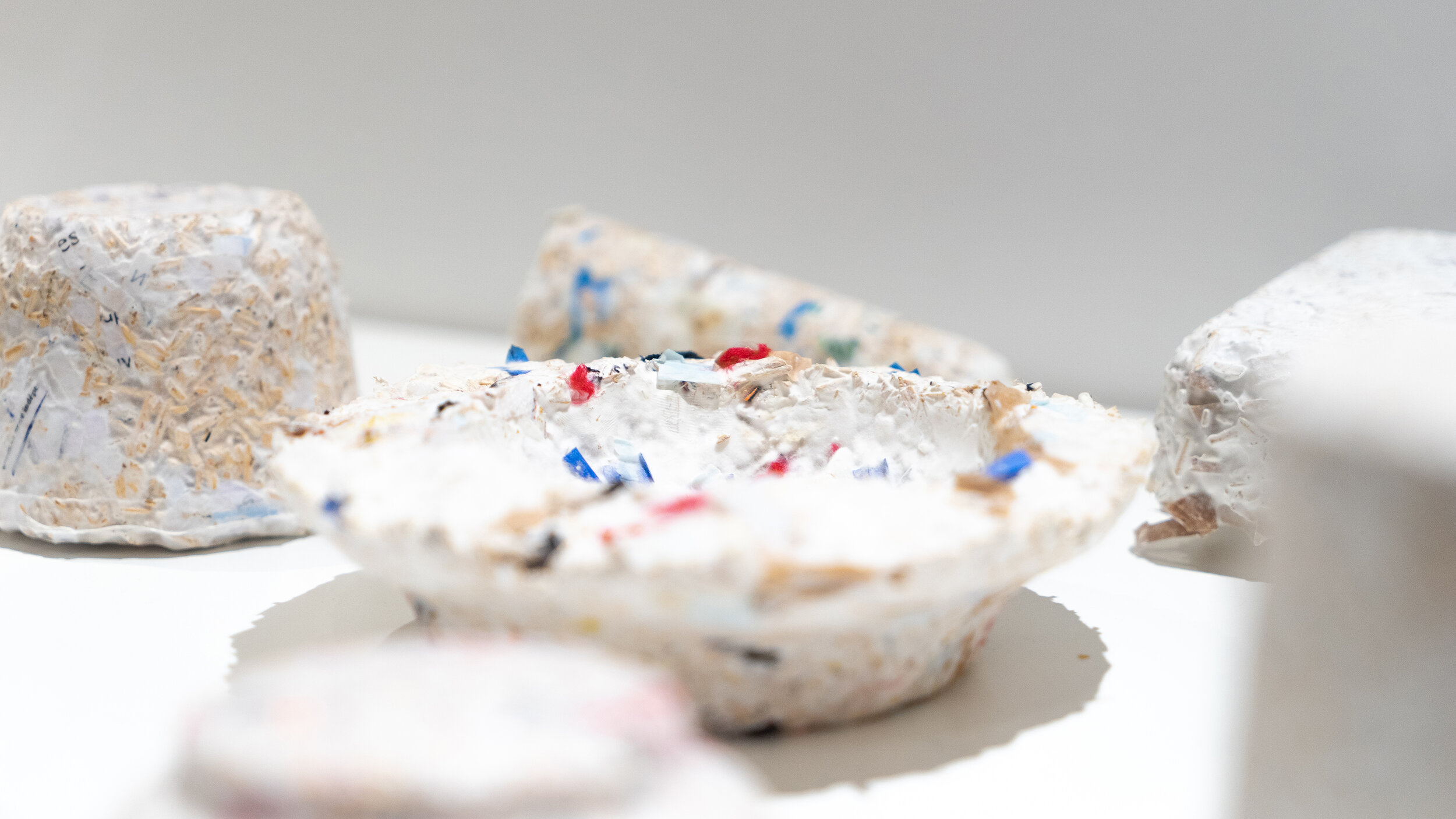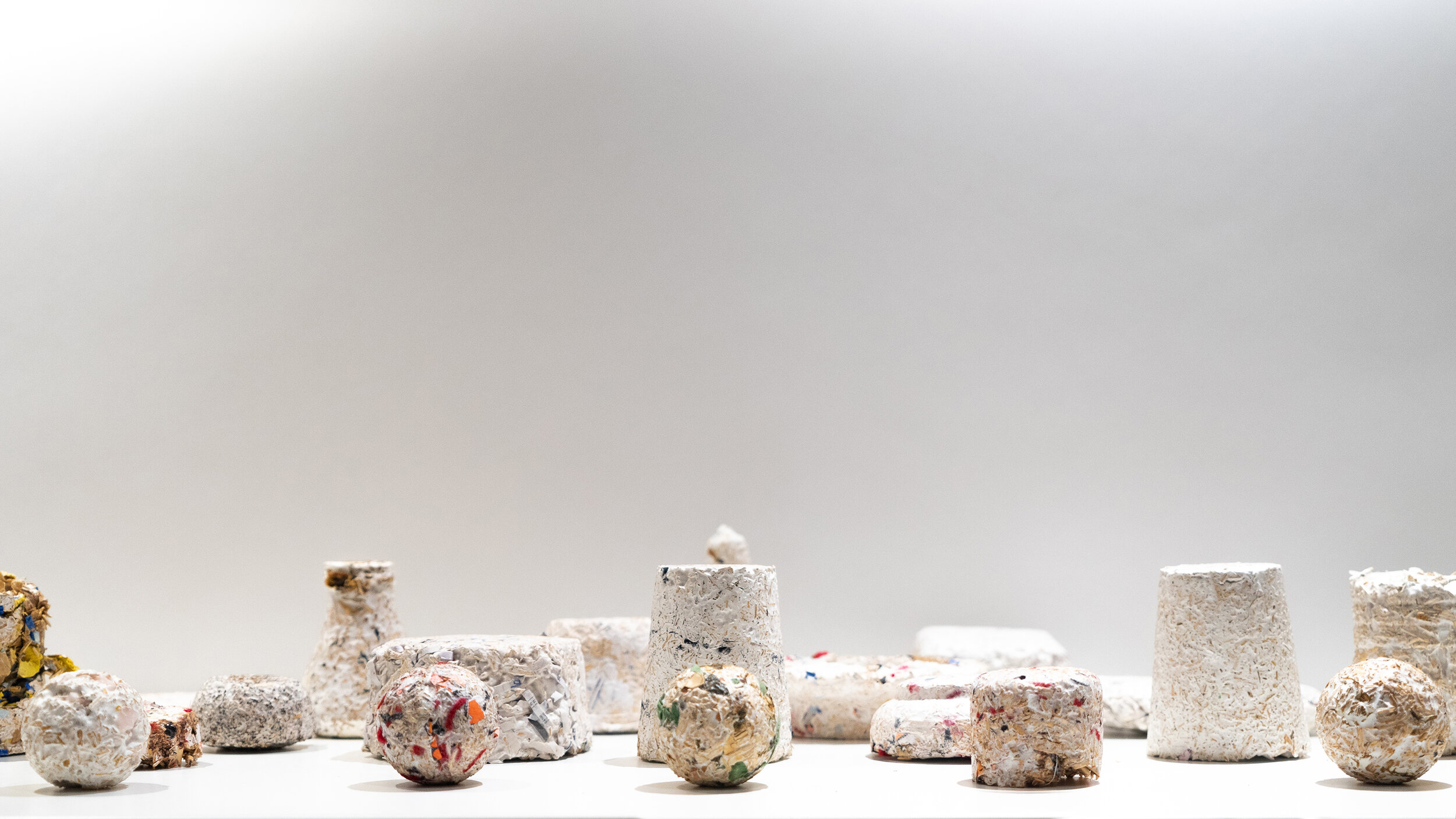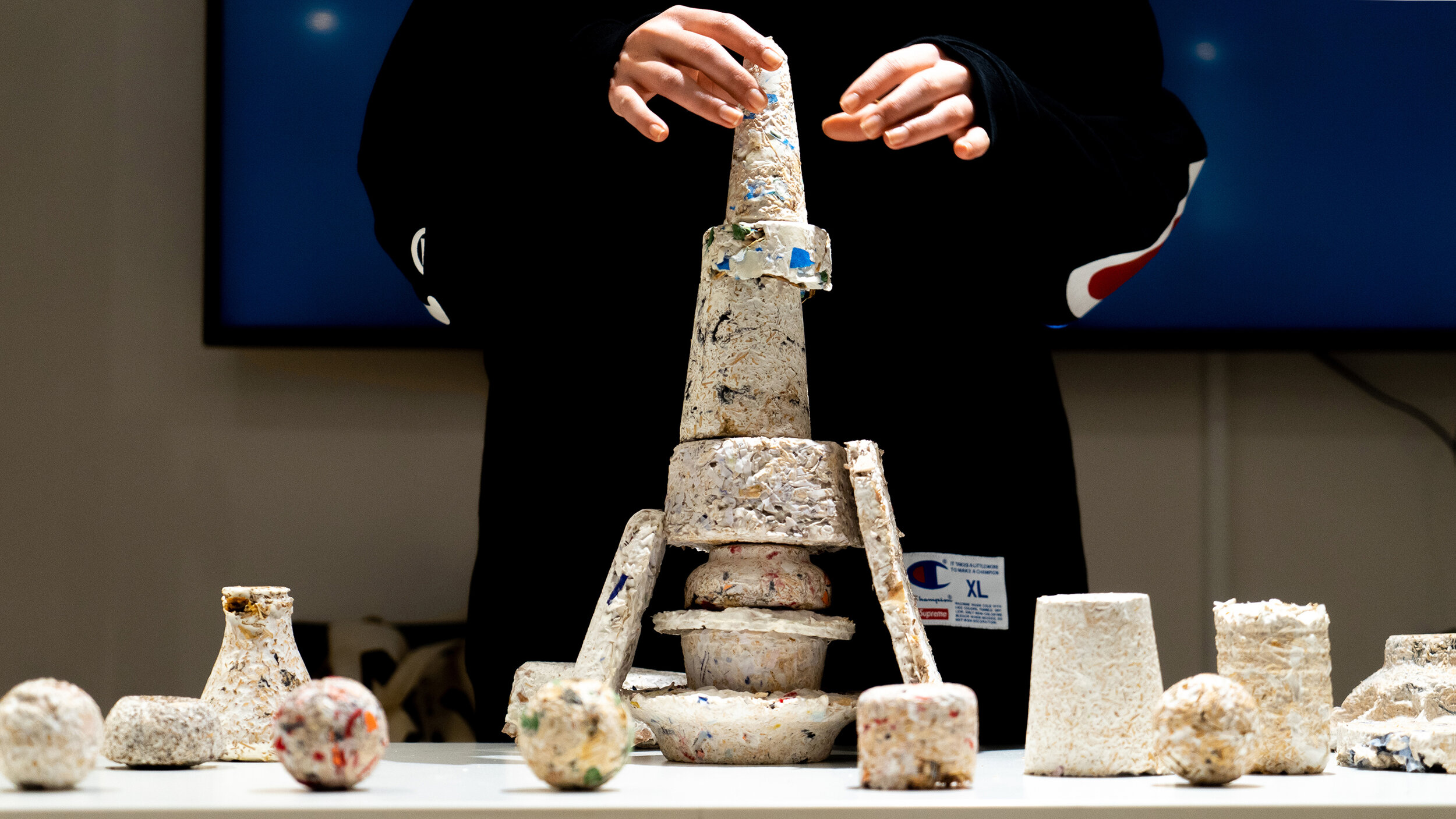BLOODY LIPSTICK, BLOOMING DIRT Curated by Indira Béraud & Marco Galvan
ZÉRUÌ, Unit 10, Vanguard Court SE5 8QT London
24th November 2023 - 12th January 2024
Back to Dirt installation grown on site in soil More infos
BLOODY LIPSTICK, BLOOMING DIRT Curated by Indira Béraud & Marco Galvan
ZÉRUÌ, Unit 10, Vanguard Court SE5 8QT London
24th November 2023 - 12th January 2024
Back to Dirt installation grown on site in soil More infos
Aléa will be participating at the Biennale Amour Vivant from Oct 12-22
We are thrilled to go back to Domaine de Boisbuchet this summer teach another mycelium workshop exploring more reciprocal methods of myco-fabrication. Our workshop will embrace the temporalities of mycelium to explore opportunities for ephemeral design. We will work towards a collective installation to be revealed at the end of the week.
At the same time, our workshop will kick off an experimental outdoor laboratory in a longer term collaboration between Aléa and Domaine de Boisbuchet .
I am beyond happy to return to Domaine de Boisbuchet this summer to teach a workshop together with Stella Lee Prowse. We look forward to a week of wild experimentations, foraging and conversations as we collectively reimagine more reciprocal ways of making with the other-than-human:
Beyond the Lab ~ Bio-Inclusive Design with Mycelium
July 10 - July 16
We are happy to be part of the exhibition "Paysages du Design" curated by Mathias Schwartz-Clauss assisted by Franca Spielmann.
Frac Centre-Val de Loire presents a new exhibition dedicated to women designers. Landscapes of Design is conceived around a selection of works from Domaine de Boisbuchet's exceptional collections. More than a hundred pieces, spanning from furniture to fashion, question the main principles of design: identification, procedures, boundaries... The exhibition brings together works by twentieth-century female pioneers and international contemporary designers, revealing new, more collaborative and nature-oriented approaches to design.
We are honoured that our Project Back to dirt was selected for the FAIRE 2021 fifth edition.
November 17th - 27th from 2-6pm.
This exhibition manifests the production and preoccupations of Art, Media, and Technology artist-instructors and close collaborators. The works engage with the origins of life, the perturbation of ecosystems, combinations of the natural and the artificial, as well as new apprehensions of human and non-human kinship. Through diverse media and approaches we explore the perceptible and imperceptible aspects of nature and hope to raise awareness of the connectedness of all life.
Work by Mel O’Callaghan, Bridget O’Rourke, Mathieu-Merlet Briand, Francesca Bonesio, Miriam Josi, Stella Lee Prowse and Nicolas Guiraud.
I am very excited to present my most recent project Back to dirt - a bio-inclusive process with mycelium together with Stella Lee Prowse at this year’s Design with the Living Symposium at The Design Museum London. Thank you to Carole Collet for inviting us!
Our project Honey I watered the screen is currently showing at Gallery D Parsons Paris, Fondation Fiminco
43, rue de la commune de Paris, Romainville
open from Oct 23rd to Nov 7th 2021 2pm-6pm
Opening on Oct 30th, 2pm-6pm
Bring a discarded object to contribute to the collective piece!
#honeyiwateredthescreen
An ongoing collaboration with Stella Lee Prowse began in 2012 during our undergraduate degree in Product Design at Parsons, New York and we recently reconnected for a continuous education program; a Master of Science titled Nature Inspired Design at Ensci-les Ateliers in Paris.
We are honoured to receive this year’s Boisbuchet Residency Award with our joint project Back to dirt - a bio-inclusive exploration with mycelium that imagines more reciprocal processes of making that benefit the more than human world.
Boisbuchet Residency award 2021
Pleurotus mycelium on shredded paper below glass dome taking over and assembling magnolia cone.
Laying randomly on a table: a pile of dirt, a block of wood, a loose key, a rubber band, a phone charger, a dried rose, a plastic fruit net, an egg carton.
Imagine you were asked to organize them from “natural” to “artificial”.
Perhaps you put them in two groups. Maybe you find it difficult to separate the two. Where did you put the egg carton? The key? What makes you think that the dirt is natural? What if I told you the dry rose origins in a greenhouse monoculture on another continent and was sprayed with chemicals?
What is natural? What is artificial? A look in the dictionary reveals three definitions of artificial: man-made, false and unnatural. The word “natural” originates from Old French naturel and Latin naturalis meaning “by birth”. The definitions for it are endless, everything non-artificial basically. Ultimately it could be defined as something that ‘exists and evolved within the confines of an ecosystem’.
The previous questions trigger more questions. Why this separation between nature and humans? Aren’t humans part of nature too? When did (or do) we stop being nature? What is human nature? Is everything human-made inevitably artificial? What about hand-made and is machine-made still human-made?
We may also ask why this tendency to fetishize the natural? Aren’t we reinforcing the separation between humans and nature?
It indeed appears that we can’t separate natural and artificial in a definitive way. All materials we interact with are - if not human-made - at least human-touched or human-affected. Rather than two clear categories, it could be more useful to arrange our table in a spectrum of materials sourced from less or more abundant natural resources, less or more manipulated by humans.
We can repeat the exercise and rearrange the table, defining the criteria each time a bit differently, from least to most durable, lowest to highest environmental impact, and so on. It moreover becomes clear that we can’t talk about these materials and objects in isolation of their context. Each has their own story and is part of a bigger system. Unlike often expected, when it comes to design there are no good or bad materials. There are only better or worse material choices depending on the context and the intended use of their application.
‘Matter of context’ is a simple interactive game I came up with together with Stella Lee Prowse to use on the first day of a workshop. Through a multisensory experience, the exercise is meant to provide insight into the importance of thinking about the bigger picture, asking questions and understanding the systems and context that materials exist within.
Sawdust sphere inoculated with and oyster mushroom spawn
Dec 10th 20 until Jan 4th 21

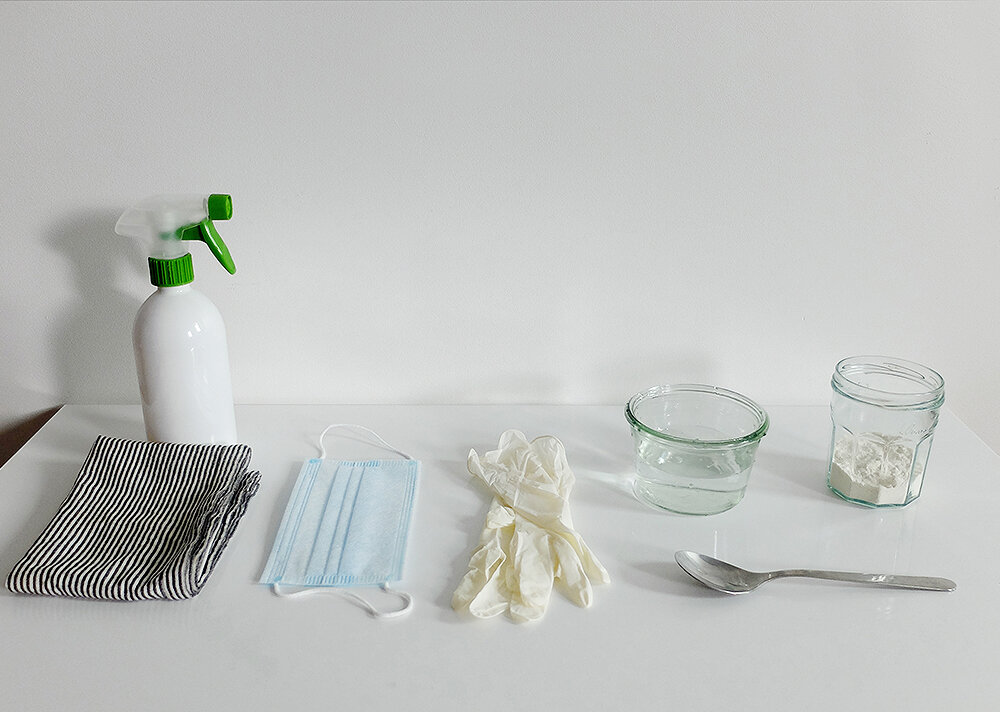
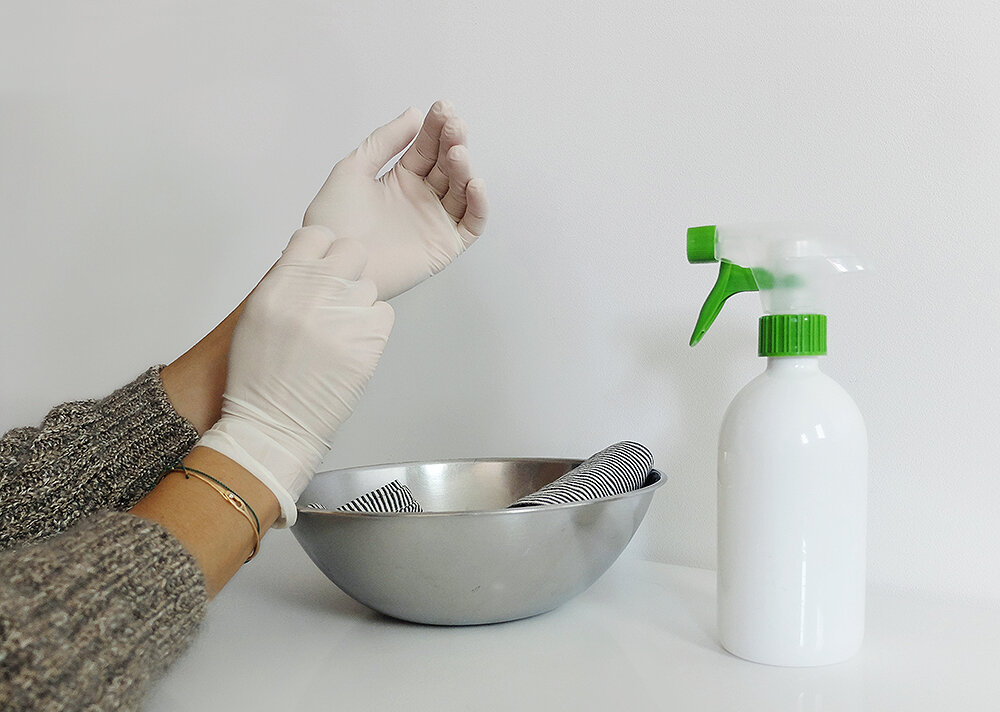

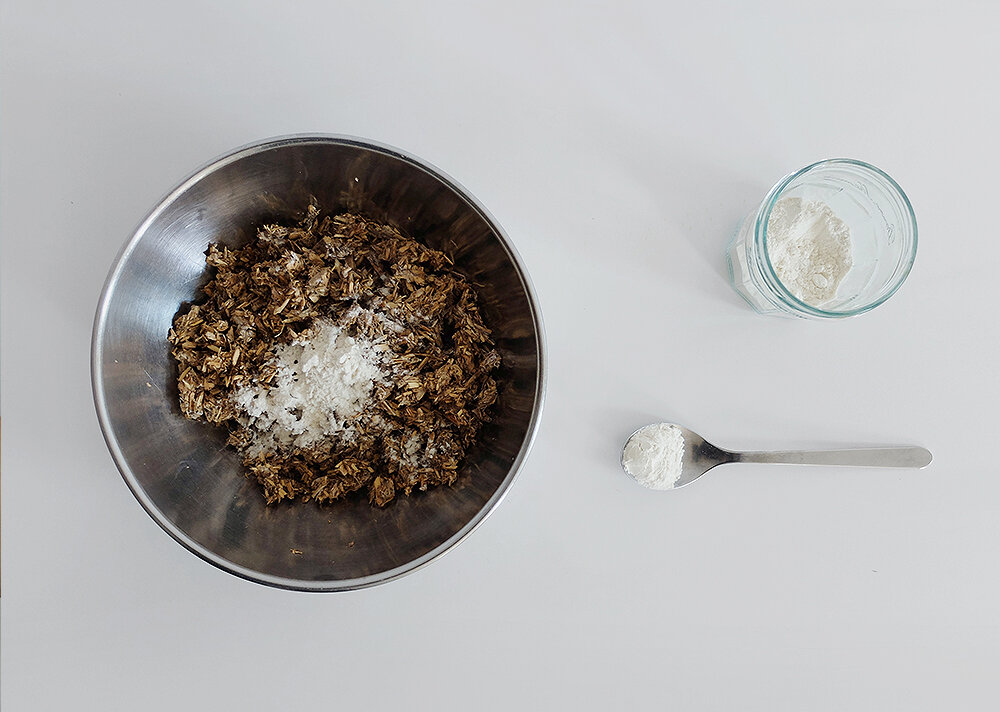
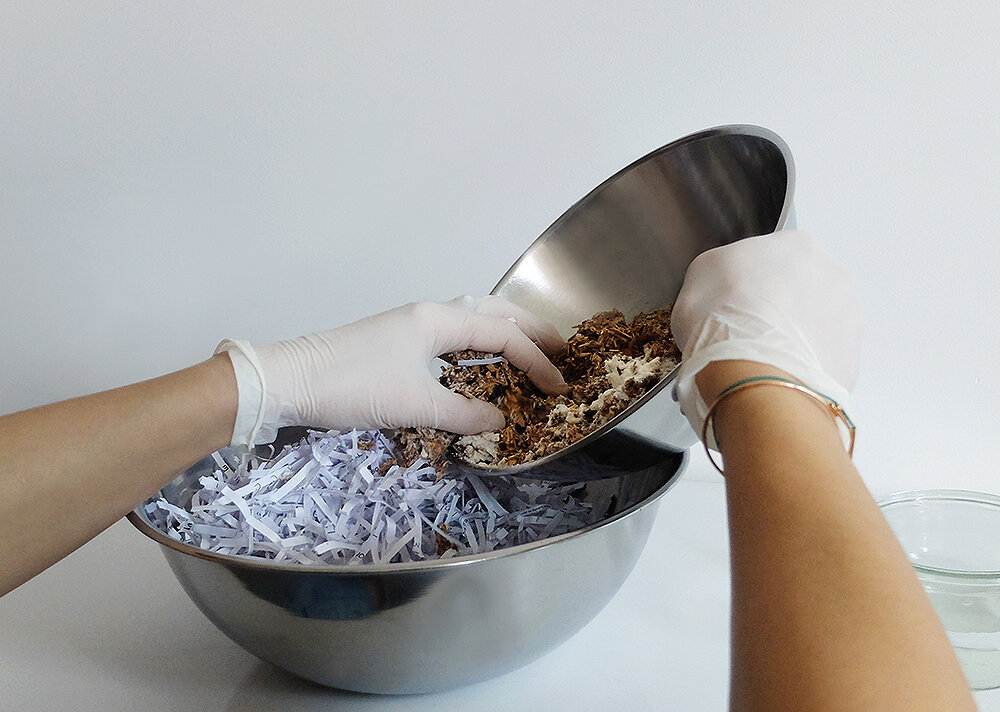

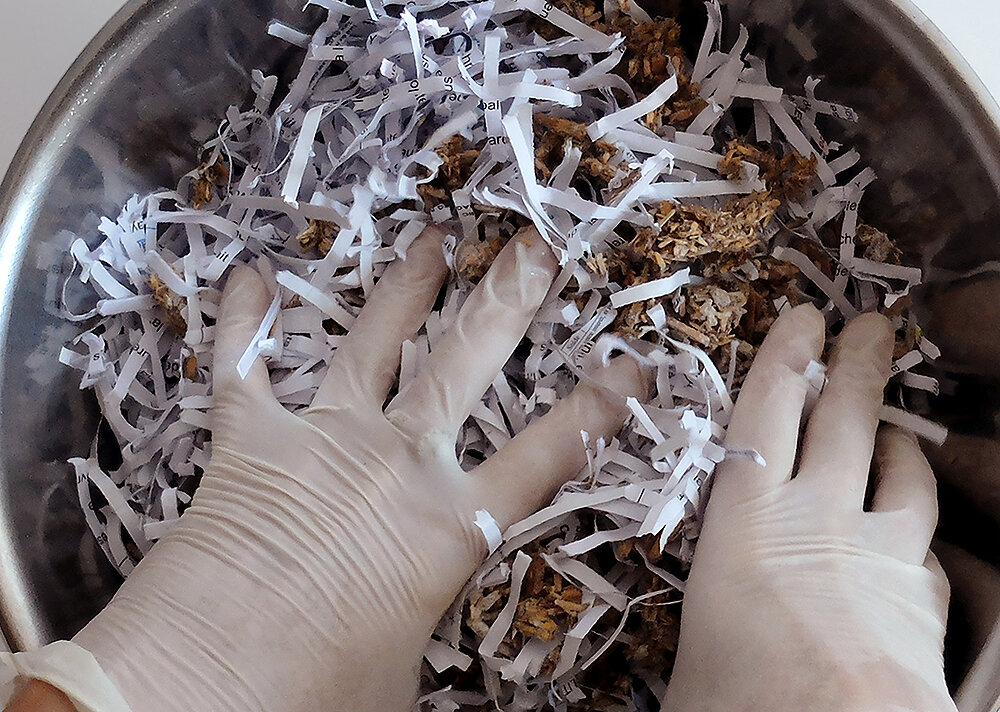
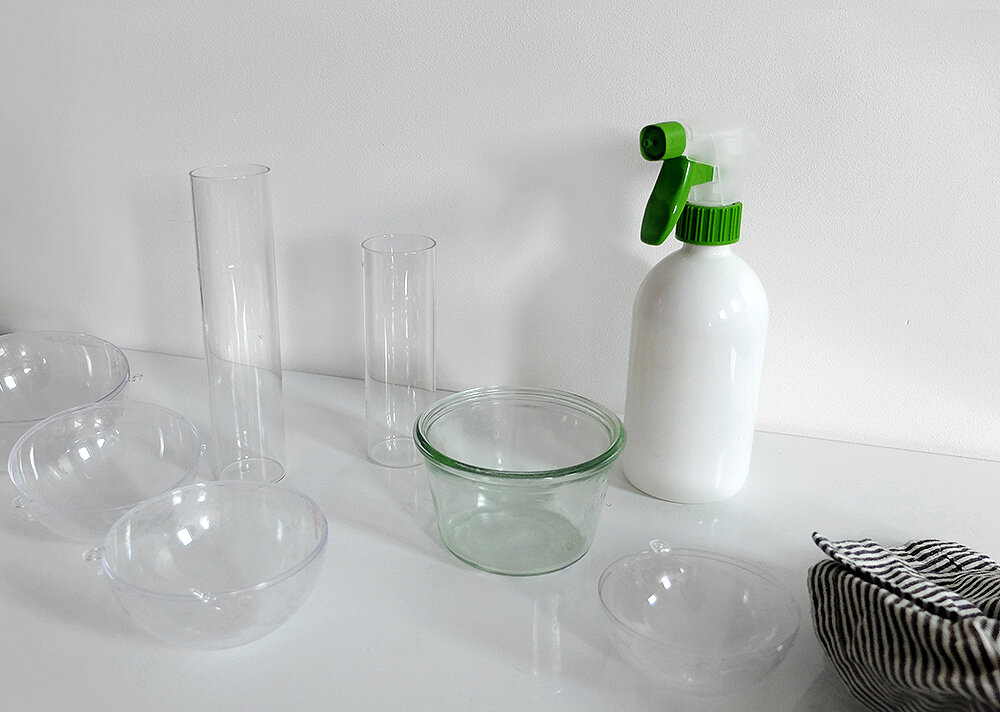
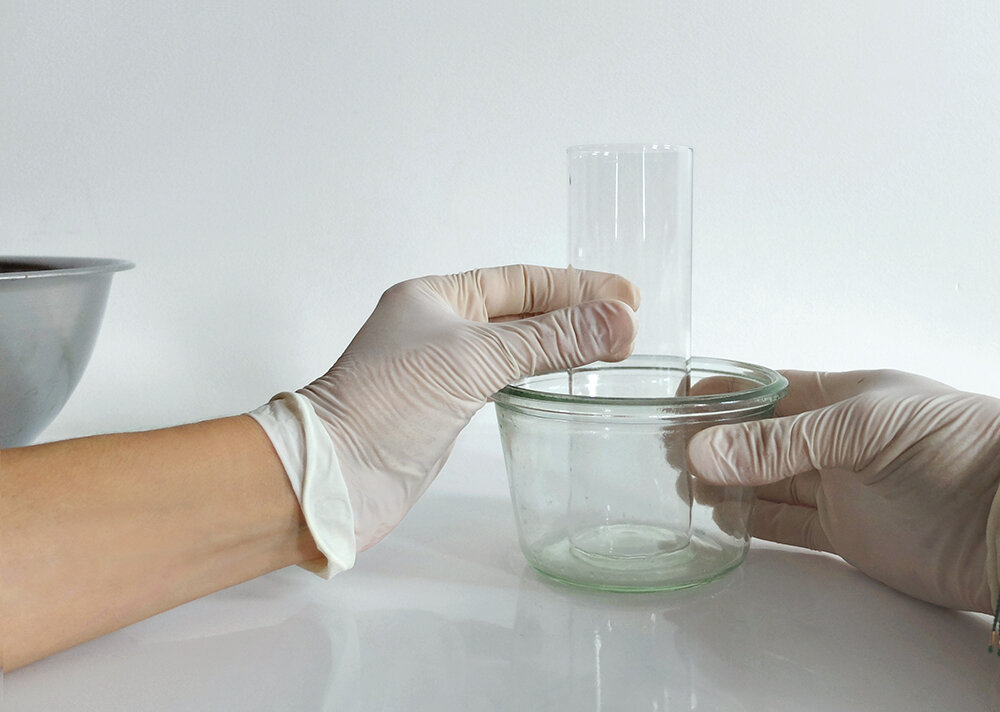

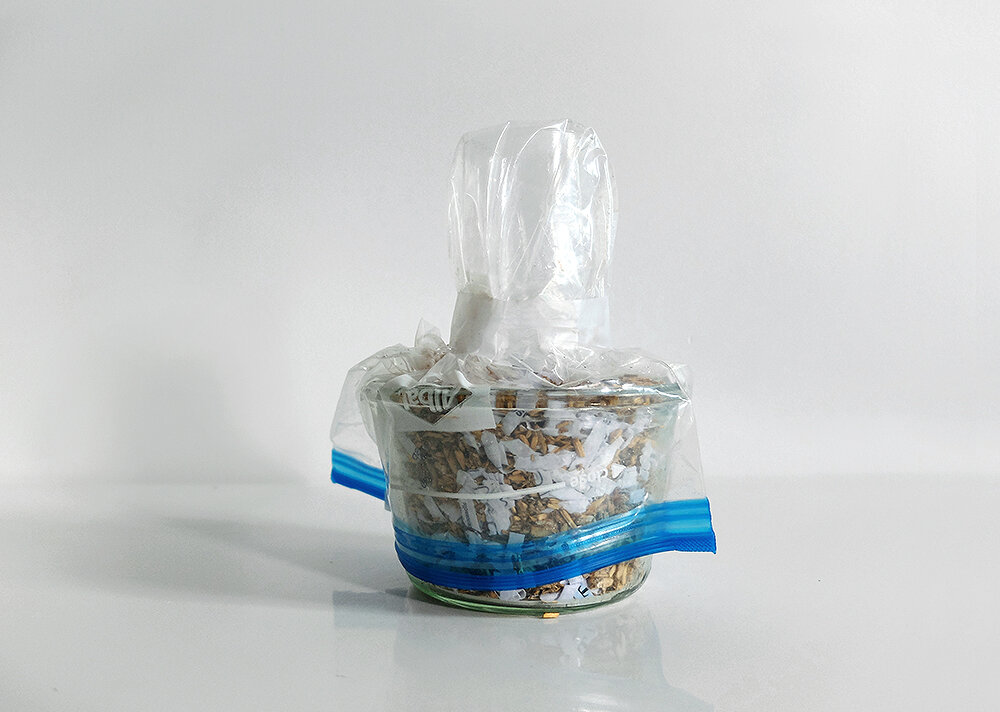
Download instruction manual here
As part of the course Sustainable Systems I teach at Parsons Paris, students discovered Mycelium as a material. In a hands-on workshop, they were encouraged to experiment with a variety of discarded organic substrates, such as coffee grounds, shredded paper, cardboard and natural fabric scraps in order to explore different possible characteristics. Photos: Rizq Naherta #sustainablesystems #mycelium
